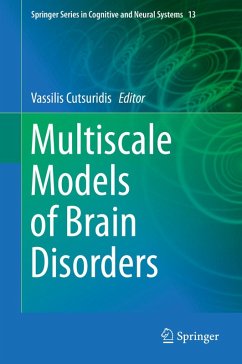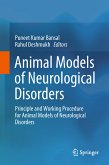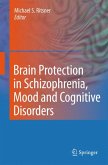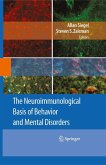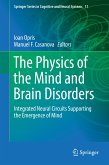Significant progress has been made in recent years in studying the dynamics of the diseased brain at both microscopic and macroscopic levels. Electrical recordings of the diseased brain activity show (in)-coherent dynamic phenomena at scales ranging from local networks (thousands of neurons) to entire brain regions (millions of neurons). Our understanding of these spatial and temporal scales and resolutions continues to increase as evidence suggests close relationships between local field potentials recorded in the cortex (with electroencephalography or multi-unit recordings) and blood flow signals (measured with fMRI).
Application of multi-scale computational models as integrative principles that bridge the single neuron dynamics (monitored with intracellular recordings) with the dynamics of local and distant brain regions observed using human EEG, ERPs, MEG, LFPs and fMRI can further enhance our understanding of the diseased brain dynamics.
The goal of this book is to provide a focused series of papers on computational models of brain disorders combining multiple levels and types of computation with multiple types of data in an effort to improve understanding, prediction and treatment of brain and mental illness.
The volume aims to bring together physiologists and anatomists studying cortical circuits, cognitive neuroscientists studying brain dynamics and behaviour via EEG and functional magnetic resonance imaging (fMRI), and computational neuroscientists using neural modelling techniques to explore local and large-scale disordered brain dynamics. The thematic focus is expected to be appealing to a diverse group of investigators and have a high impact on the medical, neuroscience and computer science fields.
Application of multi-scale computational models as integrative principles that bridge the single neuron dynamics (monitored with intracellular recordings) with the dynamics of local and distant brain regions observed using human EEG, ERPs, MEG, LFPs and fMRI can further enhance our understanding of the diseased brain dynamics.
The goal of this book is to provide a focused series of papers on computational models of brain disorders combining multiple levels and types of computation with multiple types of data in an effort to improve understanding, prediction and treatment of brain and mental illness.
The volume aims to bring together physiologists and anatomists studying cortical circuits, cognitive neuroscientists studying brain dynamics and behaviour via EEG and functional magnetic resonance imaging (fMRI), and computational neuroscientists using neural modelling techniques to explore local and large-scale disordered brain dynamics. The thematic focus is expected to be appealing to a diverse group of investigators and have a high impact on the medical, neuroscience and computer science fields.
Dieser Download kann aus rechtlichen Gründen nur mit Rechnungsadresse in A, B, BG, CY, CZ, D, DK, EW, E, FIN, F, GR, HR, H, IRL, I, LT, L, LR, M, NL, PL, P, R, S, SLO, SK ausgeliefert werden.

